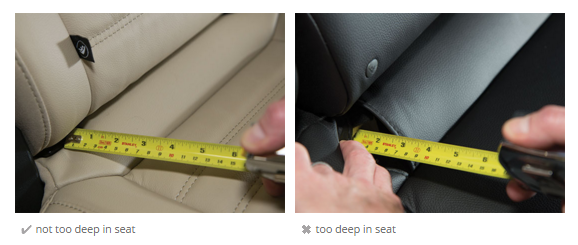 We have become reliant upon Bluetooth, WIFI, USB devices, and intelligent traffic communications within our vehicles. These features can improve fuel economy, reduce driver fatigue, and increase traffic safety, but it is all at a cost. Increased technologies can allow for dangerous breaches of security in vehicles. The Federal Bureau of Investigations and NHTSA recently published an alert regarding this automotive cybersecurity.
We have become reliant upon Bluetooth, WIFI, USB devices, and intelligent traffic communications within our vehicles. These features can improve fuel economy, reduce driver fatigue, and increase traffic safety, but it is all at a cost. Increased technologies can allow for dangerous breaches of security in vehicles. The Federal Bureau of Investigations and NHTSA recently published an alert regarding this automotive cybersecurity.
Vulnerabilities may exist within wireless communication functions of a vehicle allowing an attacker to gain access to vehicle systems. In August 2015, a vehicle was studied in an unaltered condition which allowed cyber-attacks to affect engine speed, brakes, steering, door locks, turn signals, radio, and GPS. Obviously, this is disturbing to consumers who have advanced electronics in their vehicles. The bulletin by the FBI and NHTSA while providing important information, did not address why this could occur or how it would be prevented.
Software safety is not only a software issue, it is a system issue. Software related hazards must be identified, understood, and mitigated considering that software interfaces with hardware, humans, and other software. Software safety is an integral aspect of the overall system safety plan and the methodology is documented in a system safety plan process.
Software safety is not the same as software reliability or quality assurance. A pragmatic way to determine software safety is by incorporating a bilateral safety process.
First, software functional coverage is a process focusing on functional design and hazard identification. Secondly, software development coverage focuses on specific development tasks to ensure high quality software is safe. The bilateral approach is a strategy intended to cover all aspects of software that can impact safety. The approach requires a system hazard analysis to identify hardware and software causal factors, identification of software at critical levels which will impact the level of rigor tasks performed by the software development effort.
With each model year, vehicles become more integrated regarding communications. It is necessary for designers and manufacturers of intelligent transportation systems to undertake system safety planning of software to identify and eliminate said hazards to the extent reasonably possible.

 The 2016 Presidential election is in full swing and, unless you have cut yourself off from the outside world, you’ve been privy to a front row seat of the unfolding battle. A big story playing out in this year’s election process is the split in the Republican Party. On a regular basis there is news about presidential candidate Donald Trump against Candidate X or against Candidate Y. The recurring theme is Trump against the rest.
The 2016 Presidential election is in full swing and, unless you have cut yourself off from the outside world, you’ve been privy to a front row seat of the unfolding battle. A big story playing out in this year’s election process is the split in the Republican Party. On a regular basis there is news about presidential candidate Donald Trump against Candidate X or against Candidate Y. The recurring theme is Trump against the rest.

